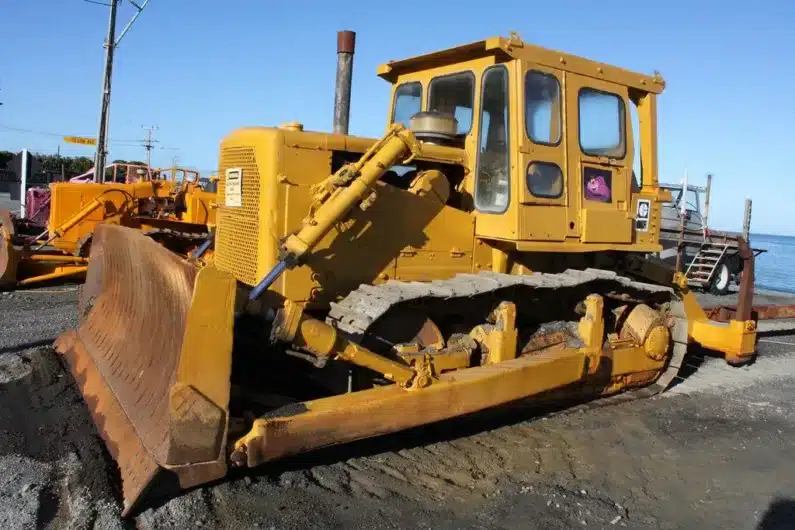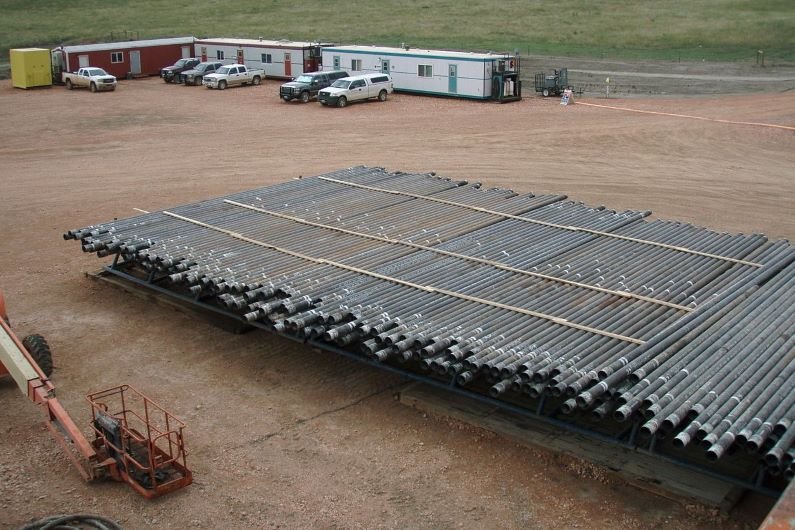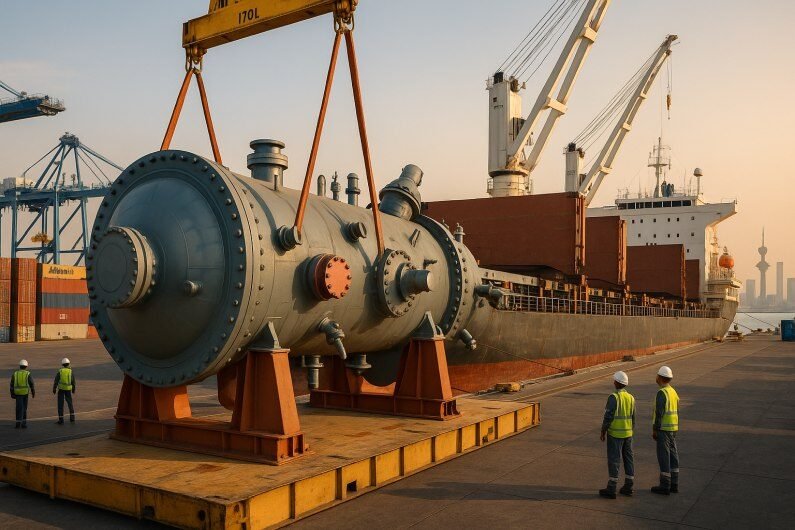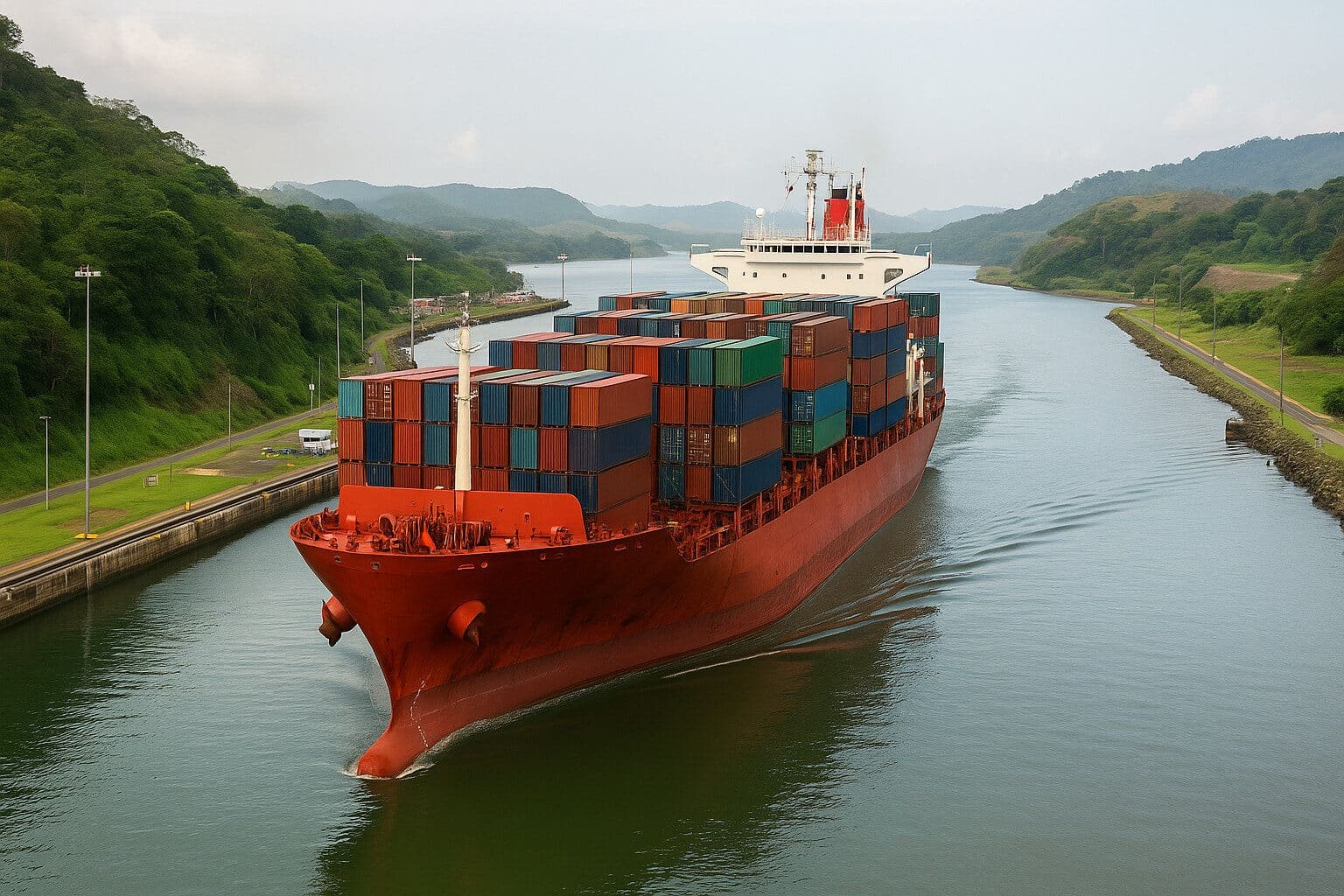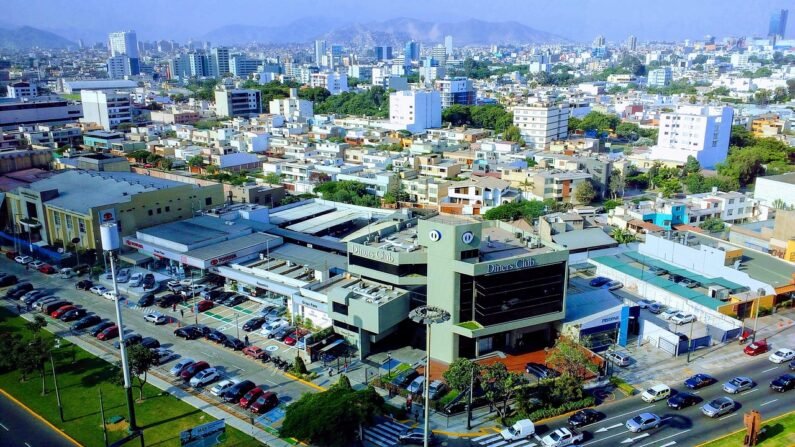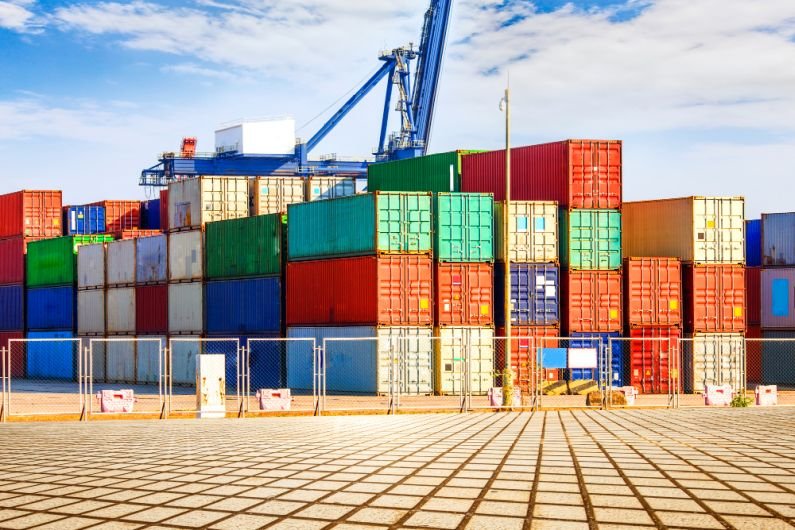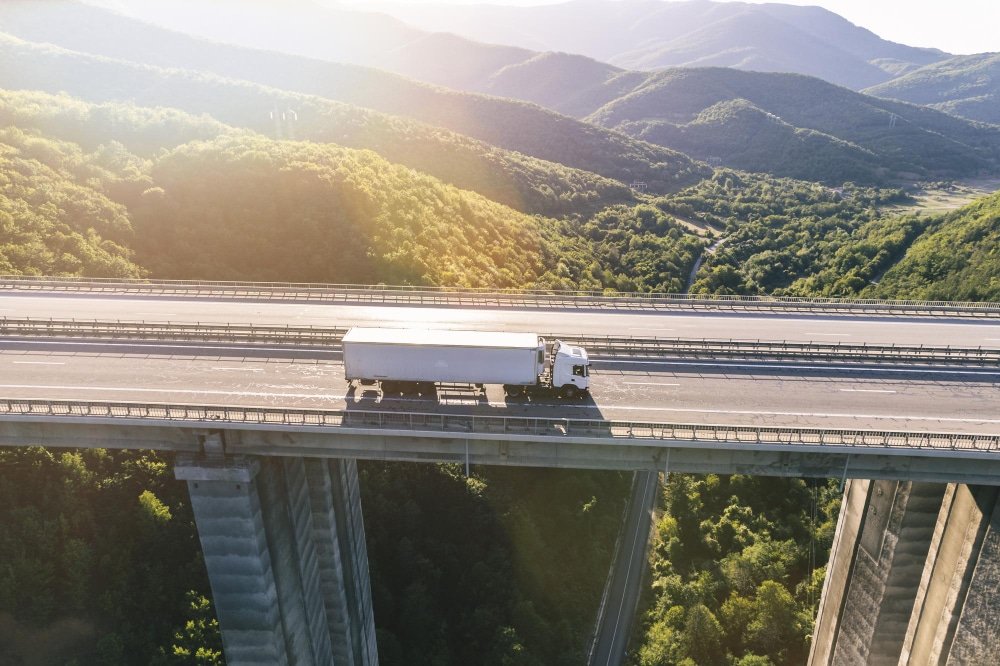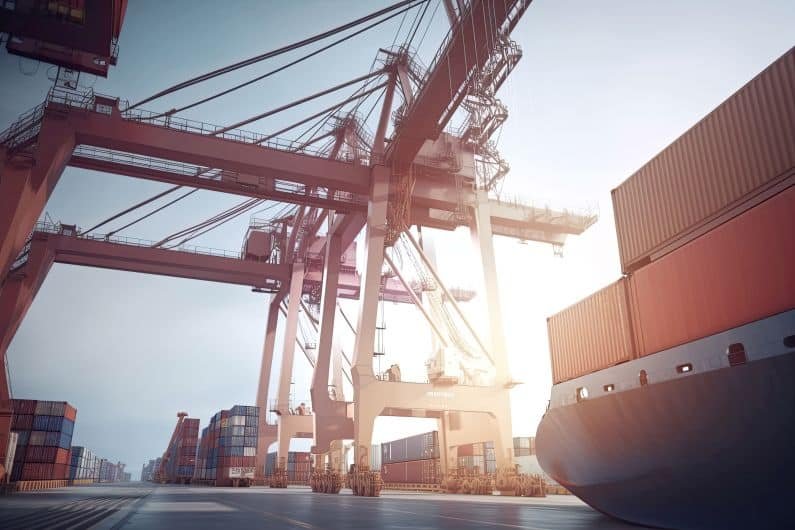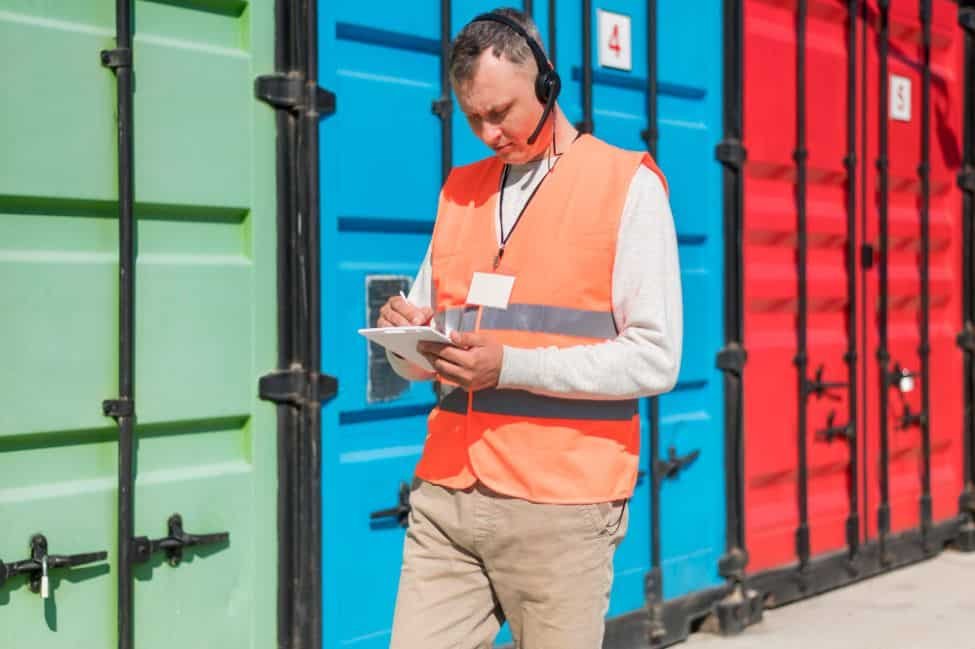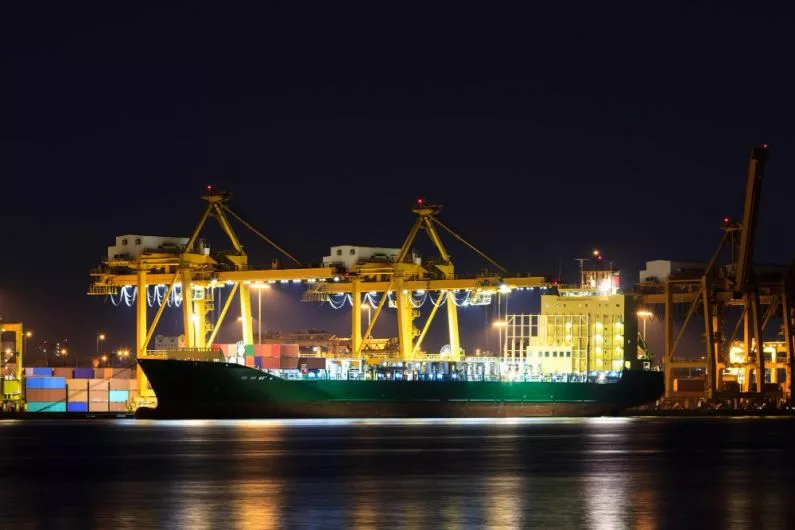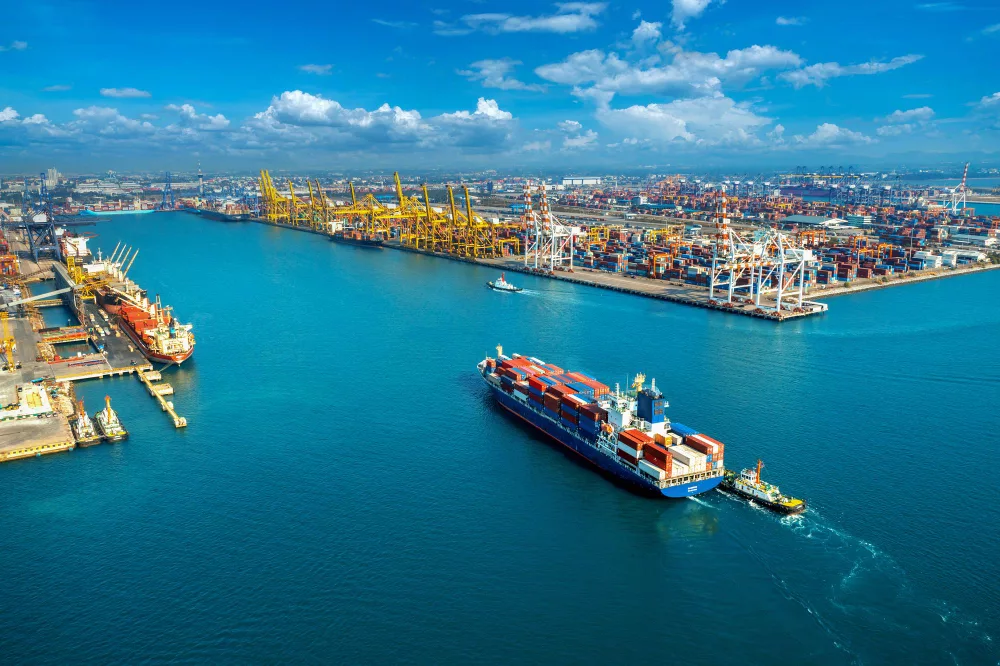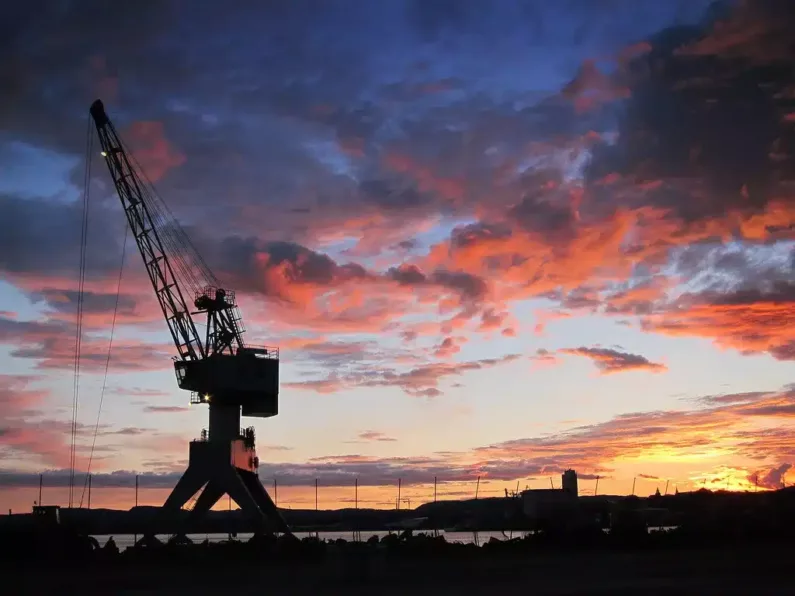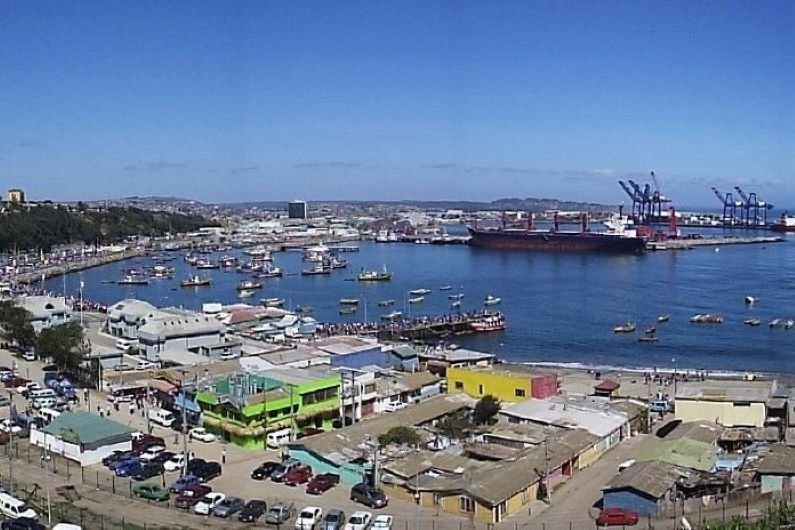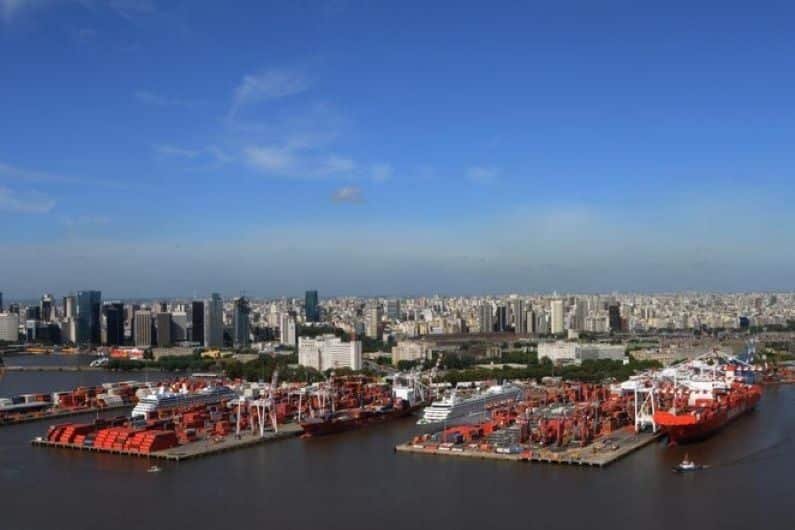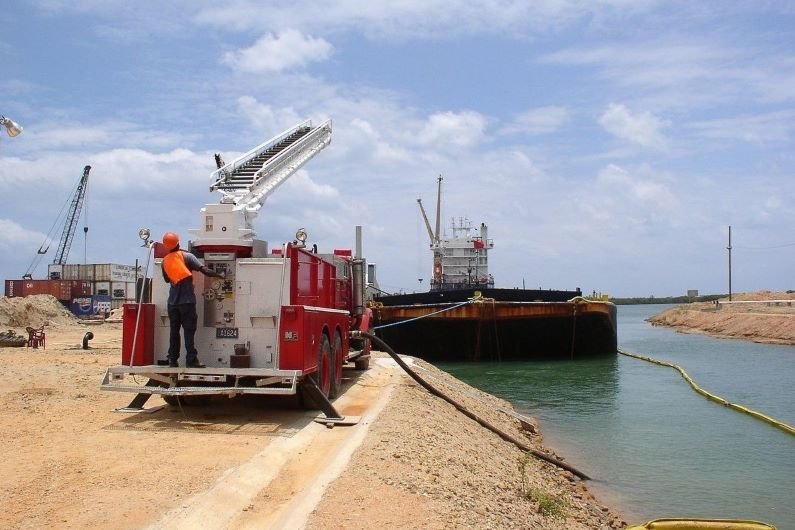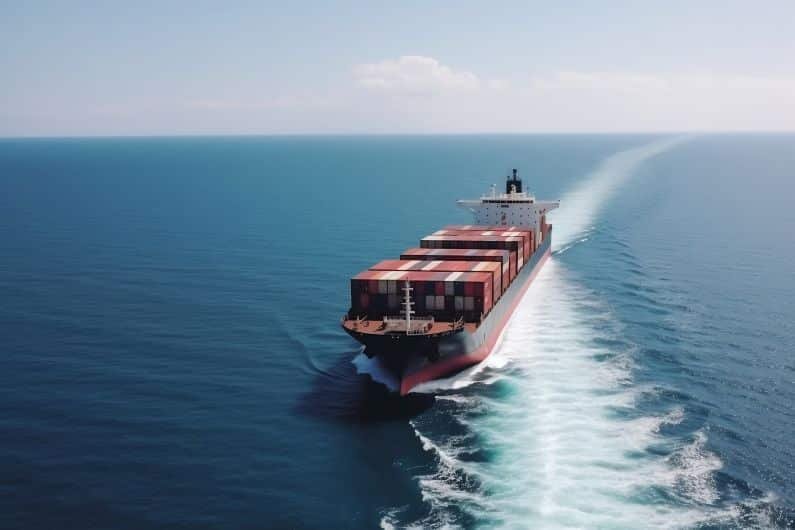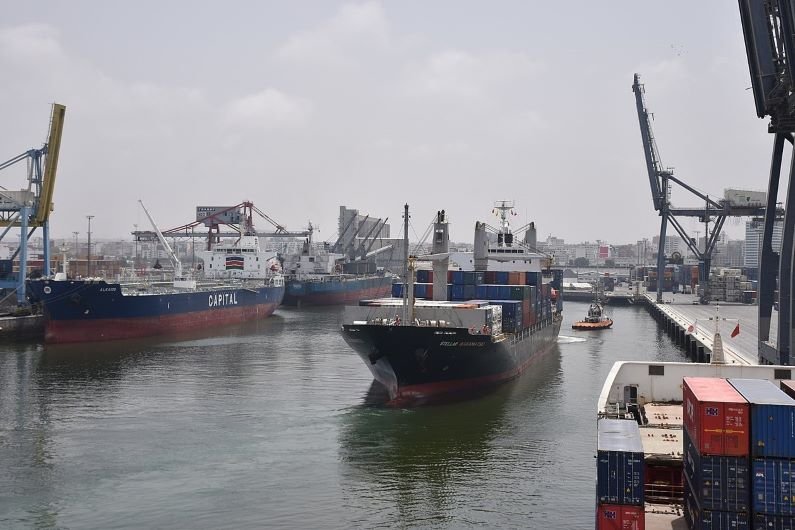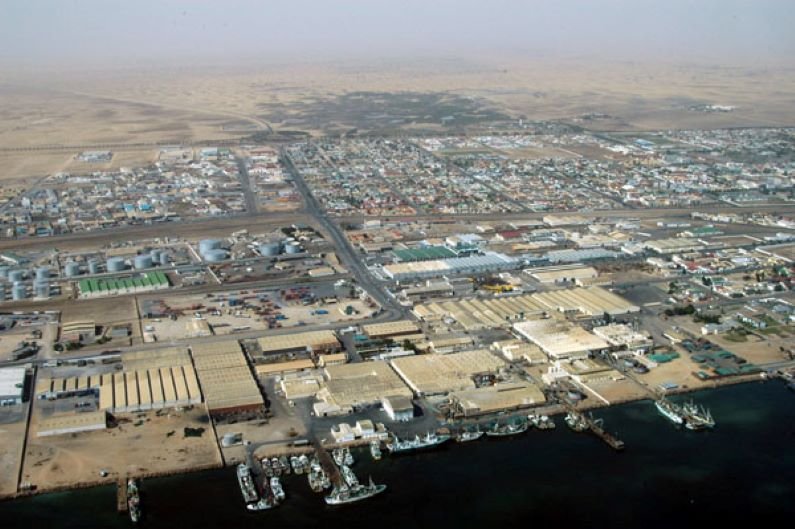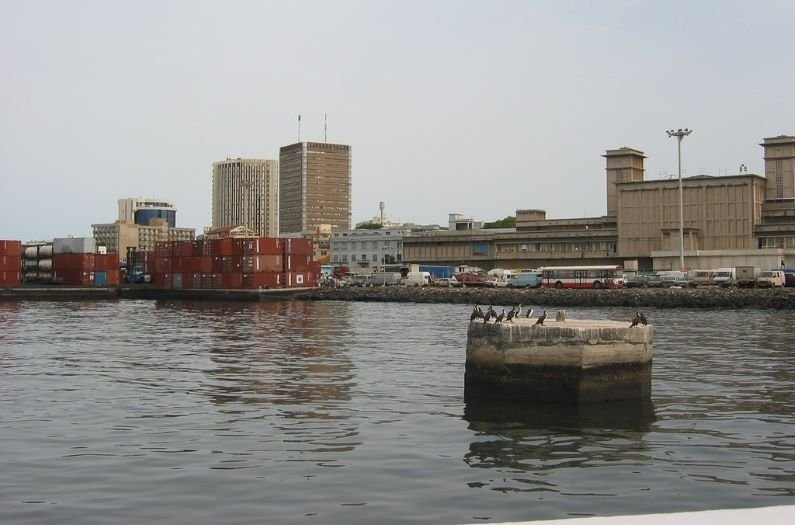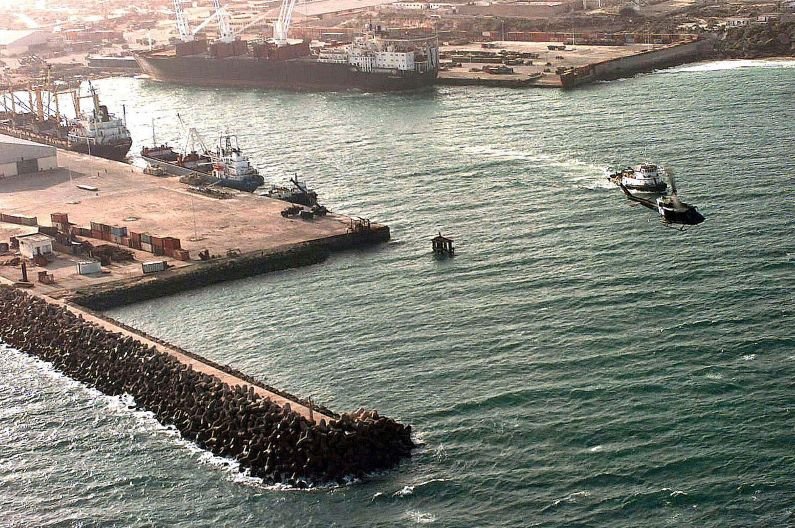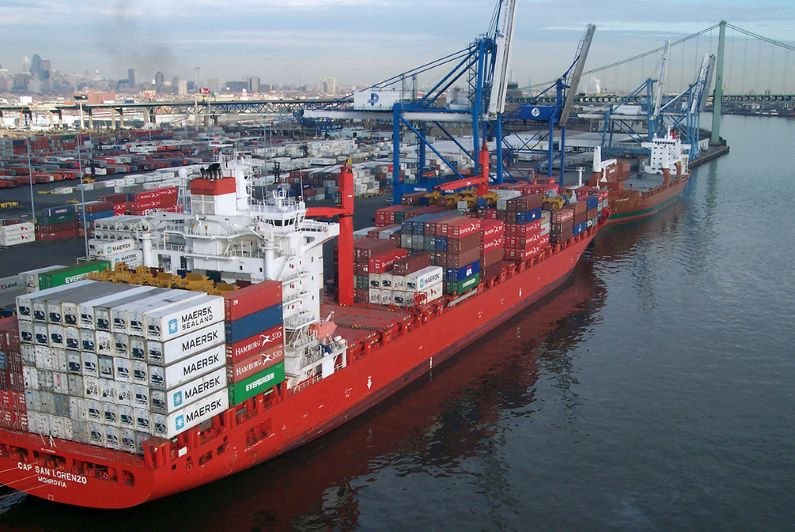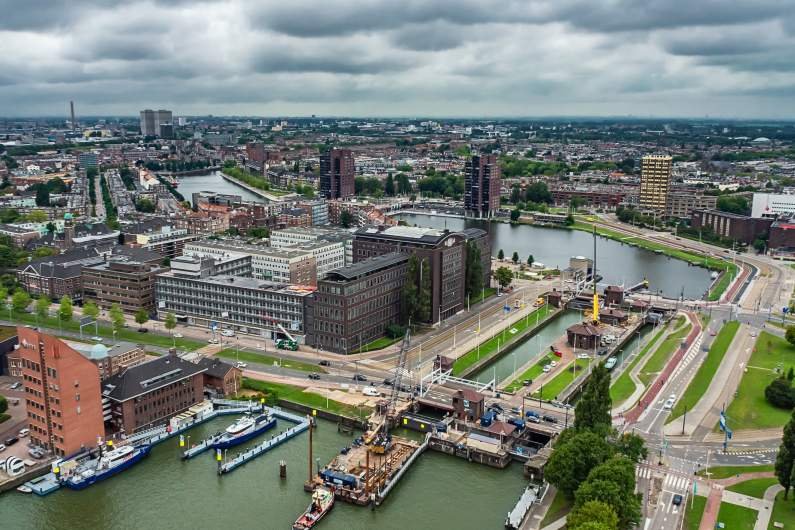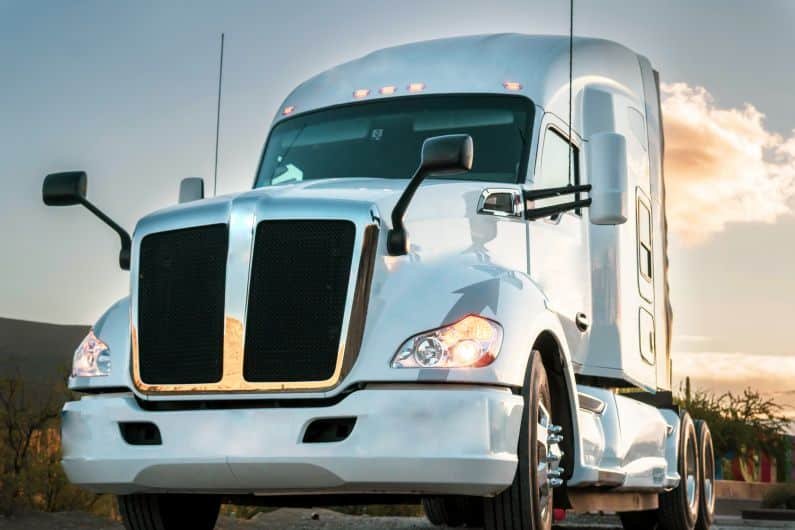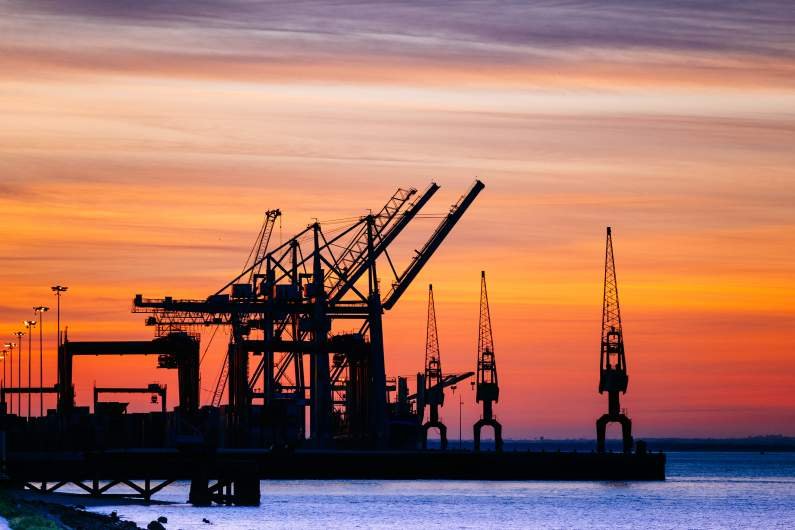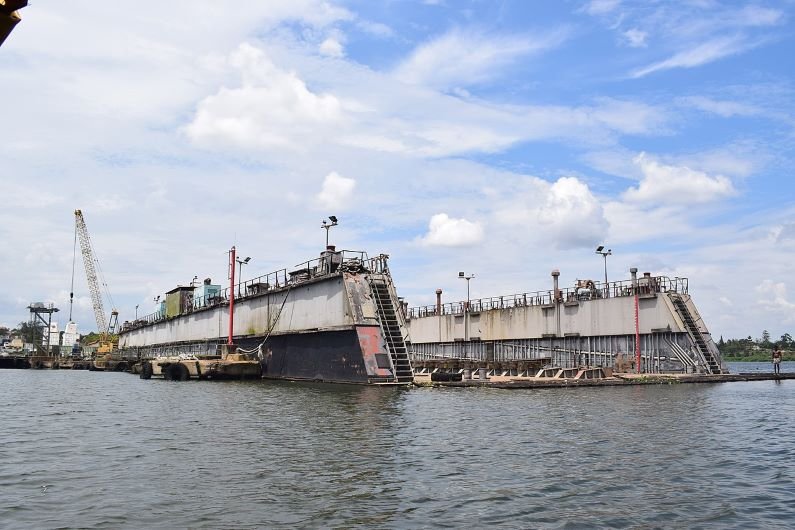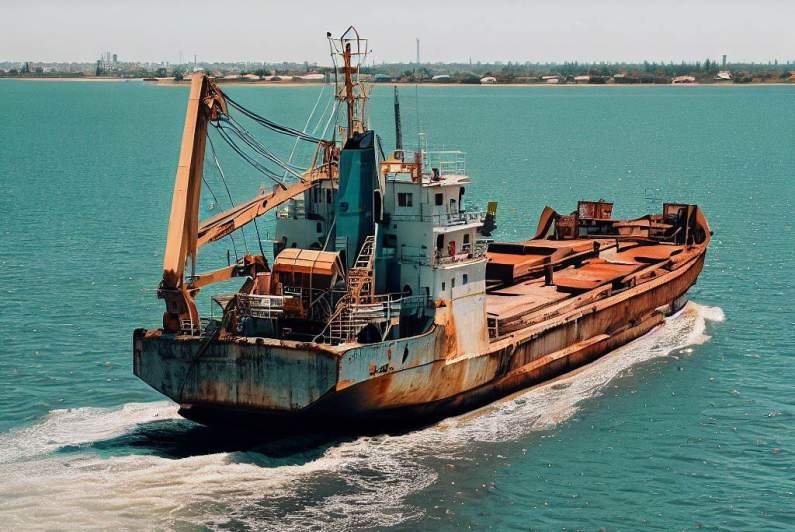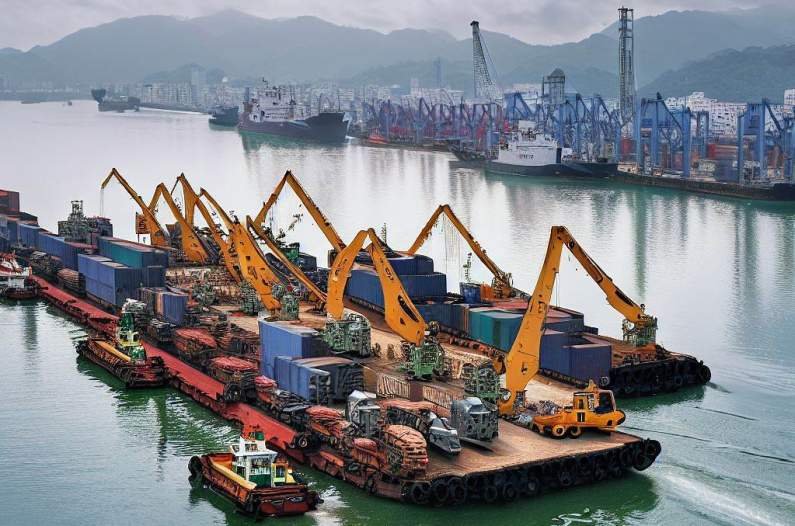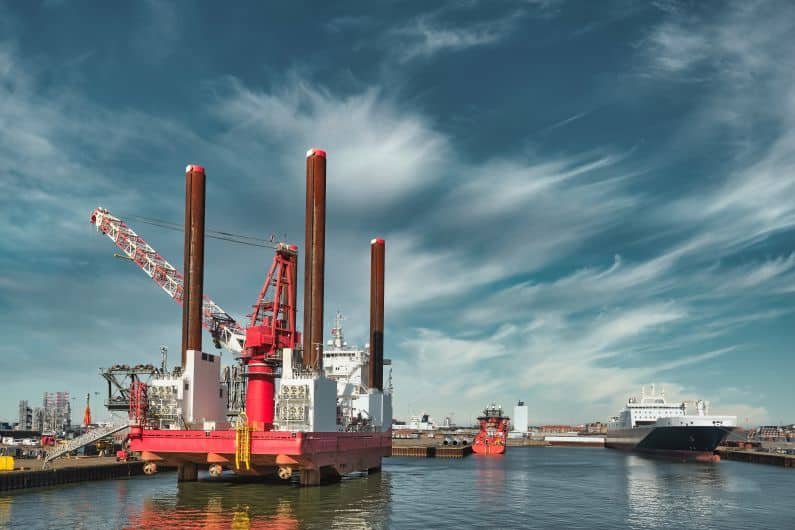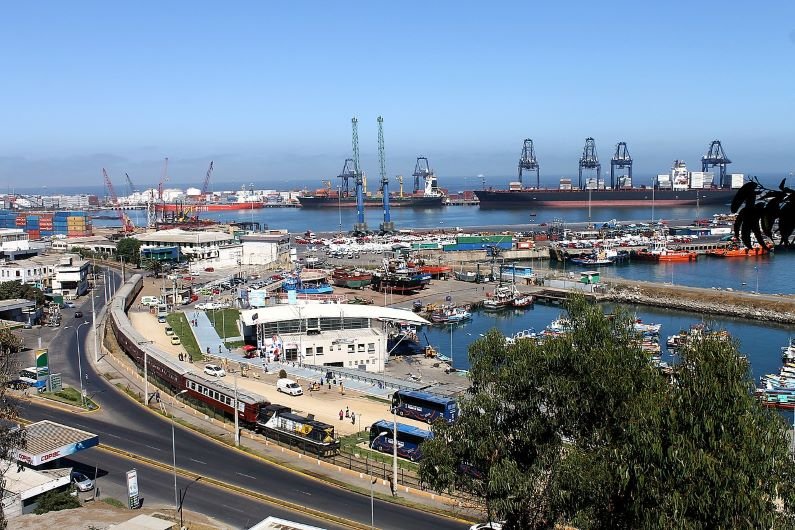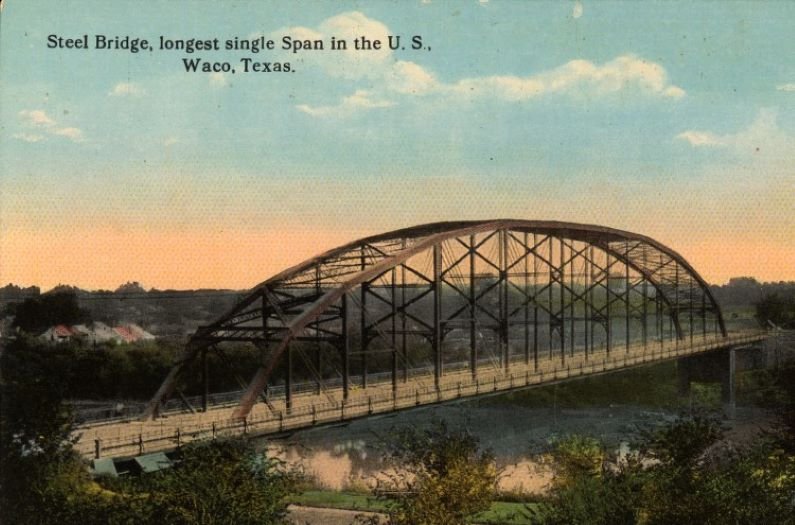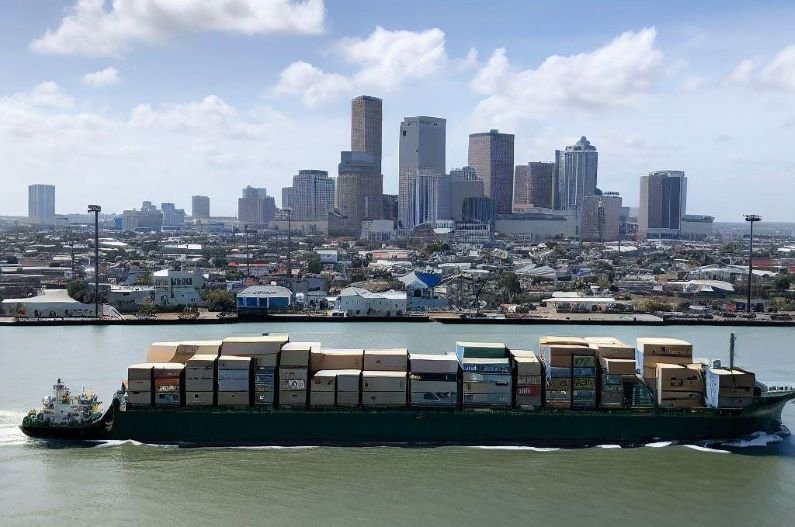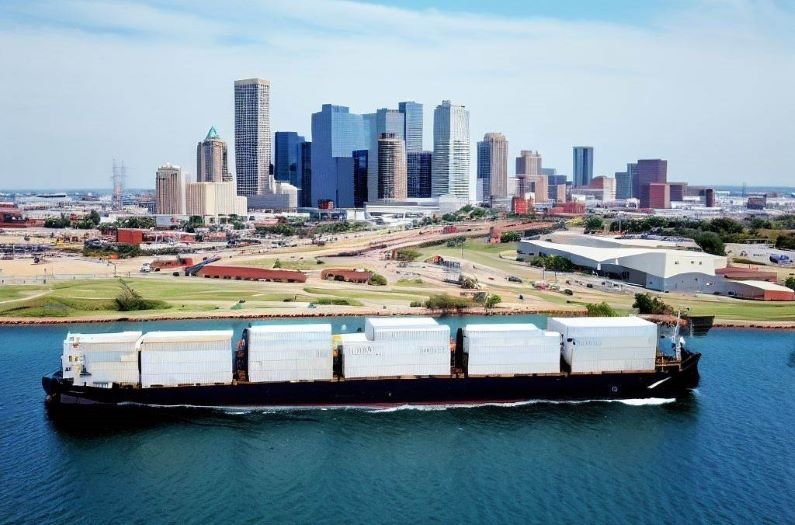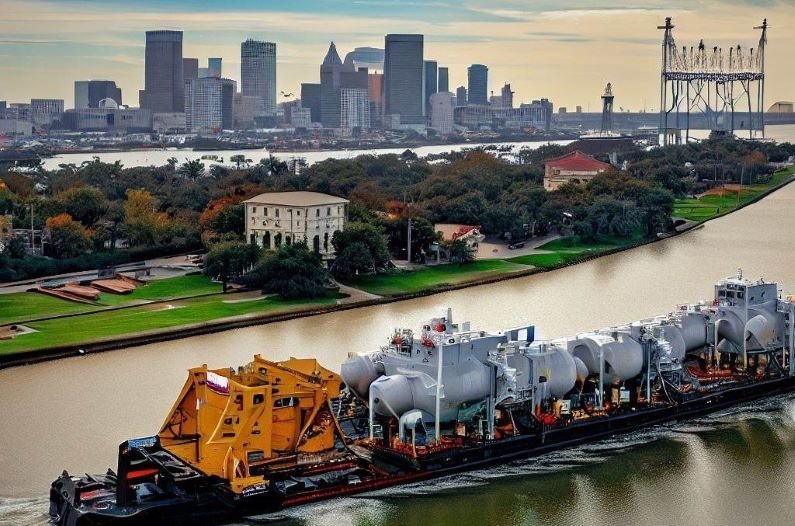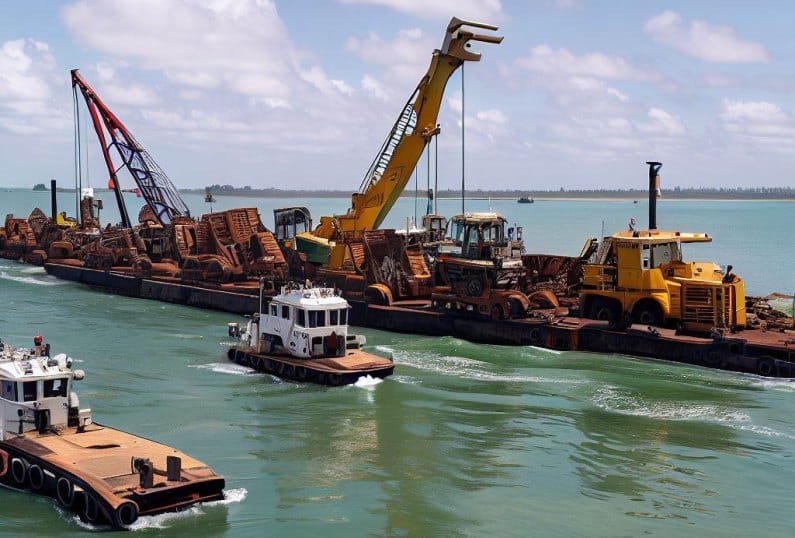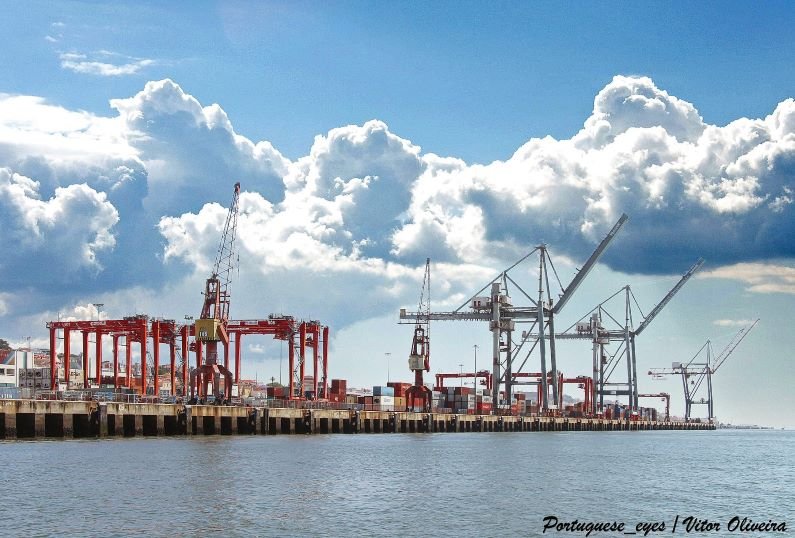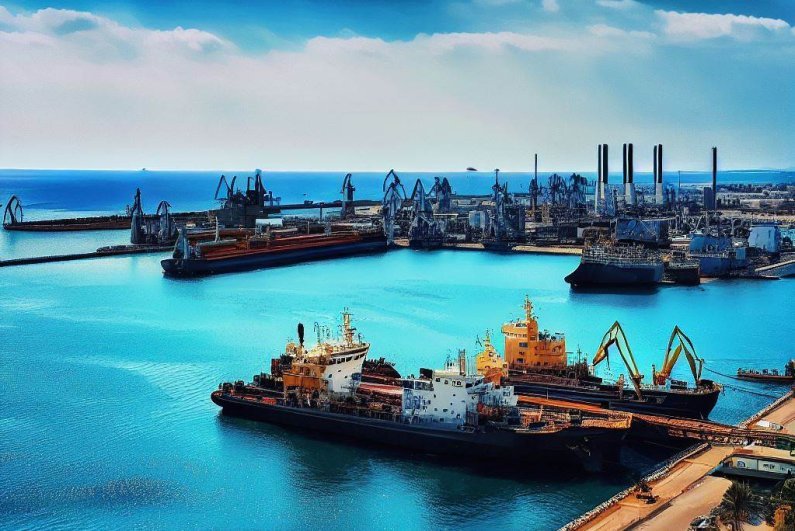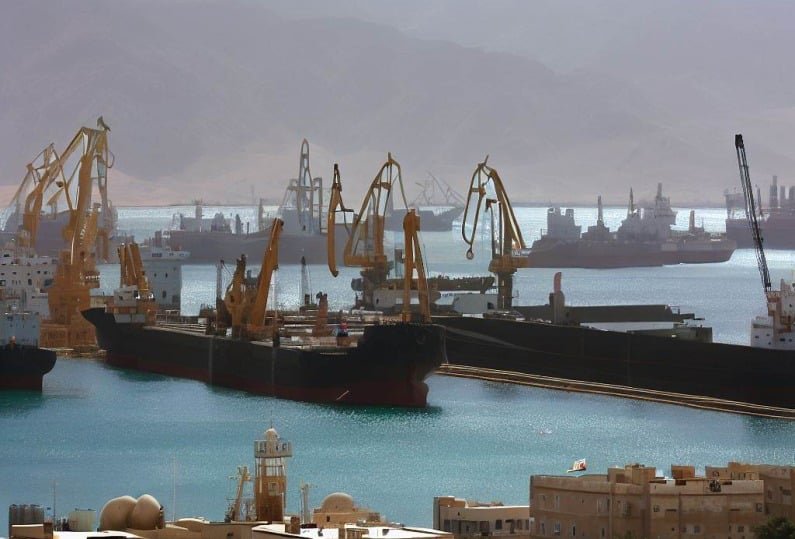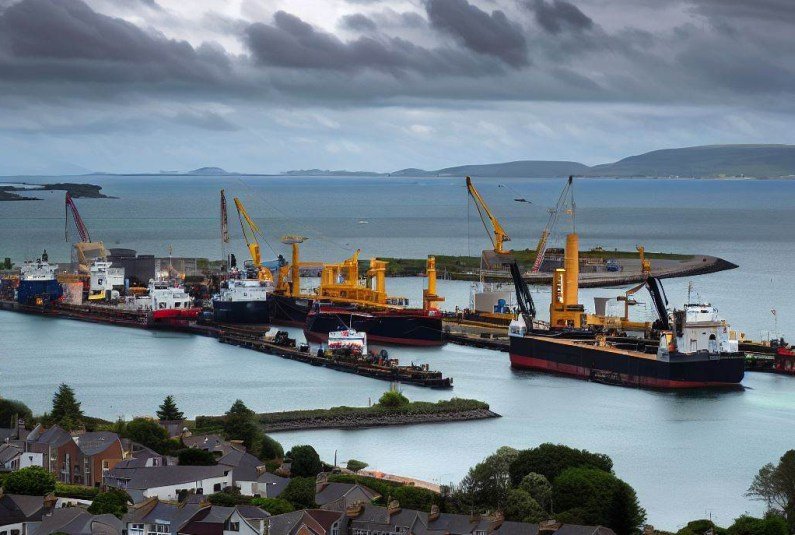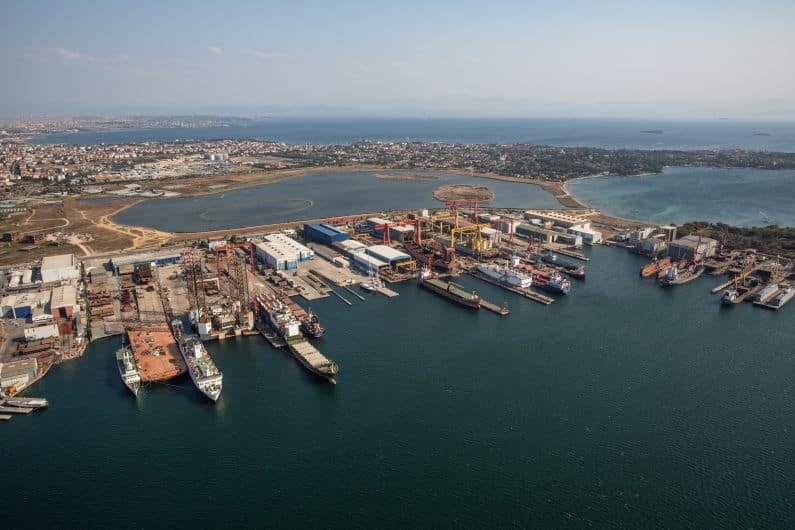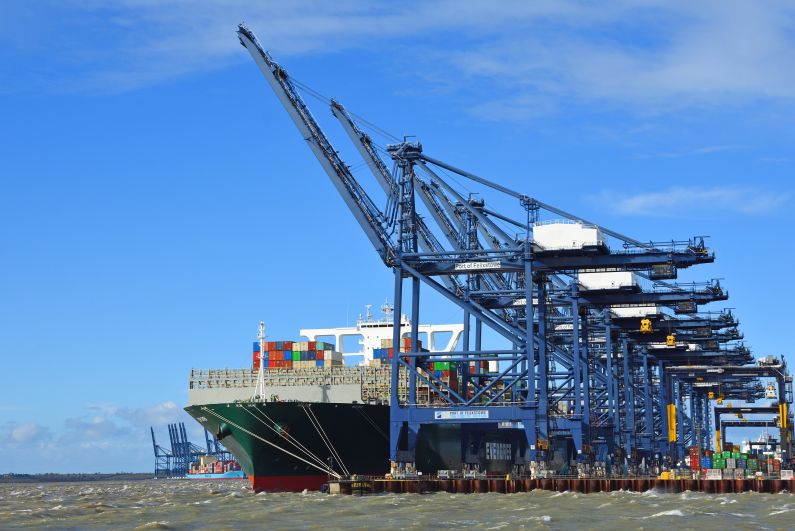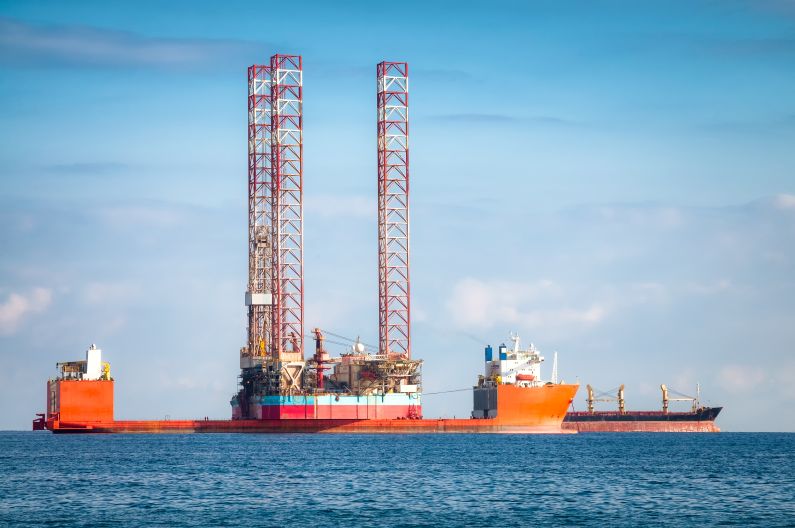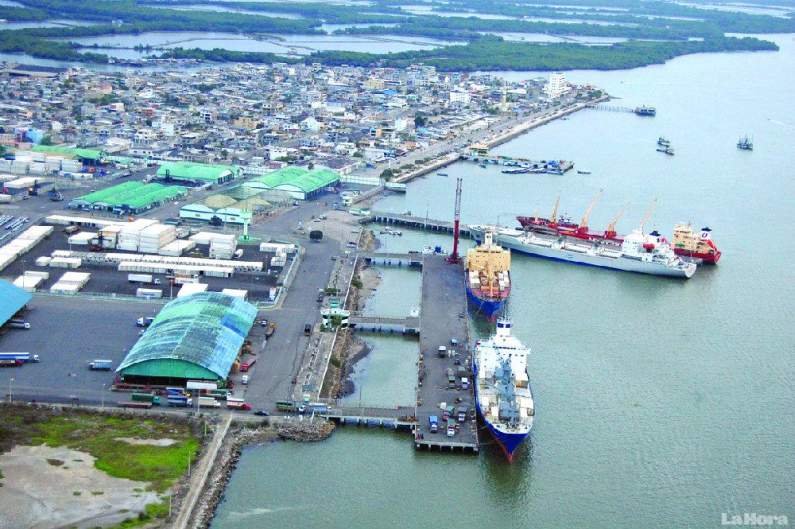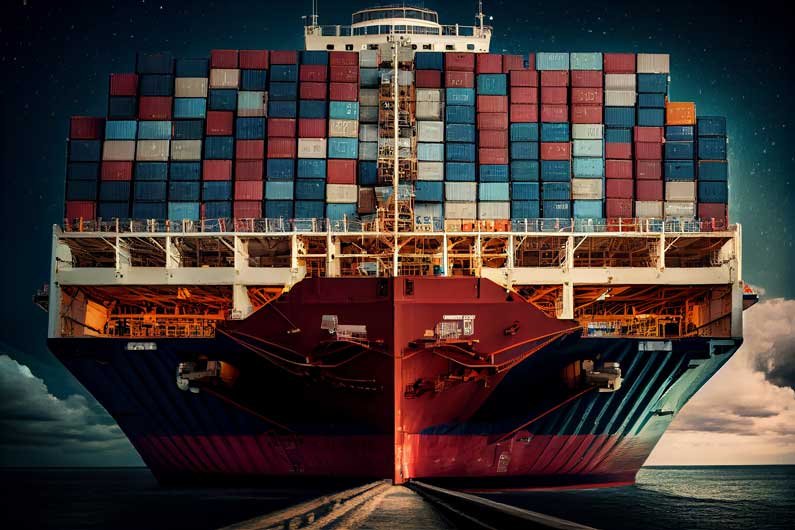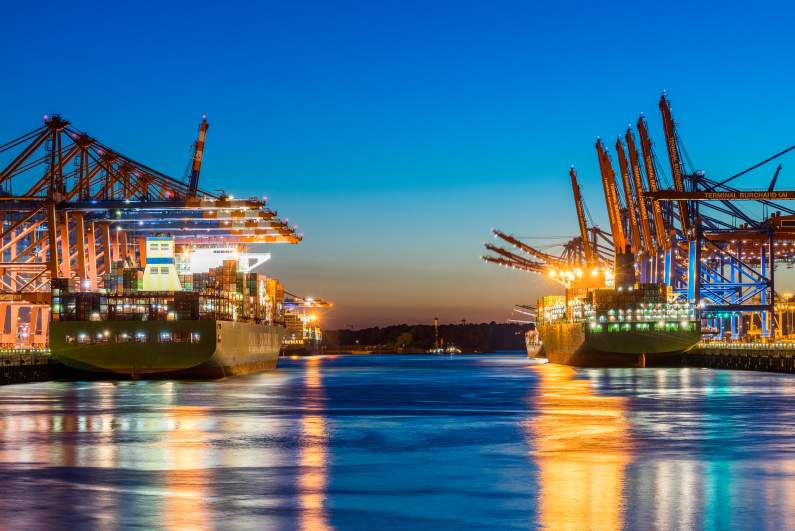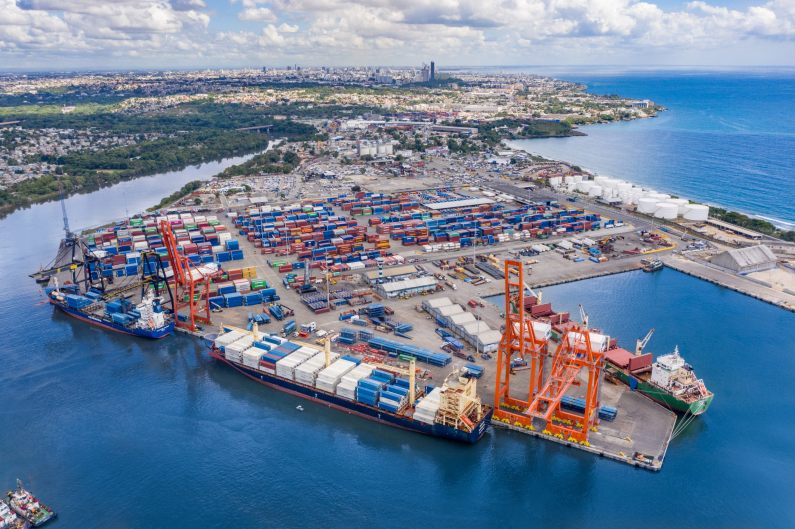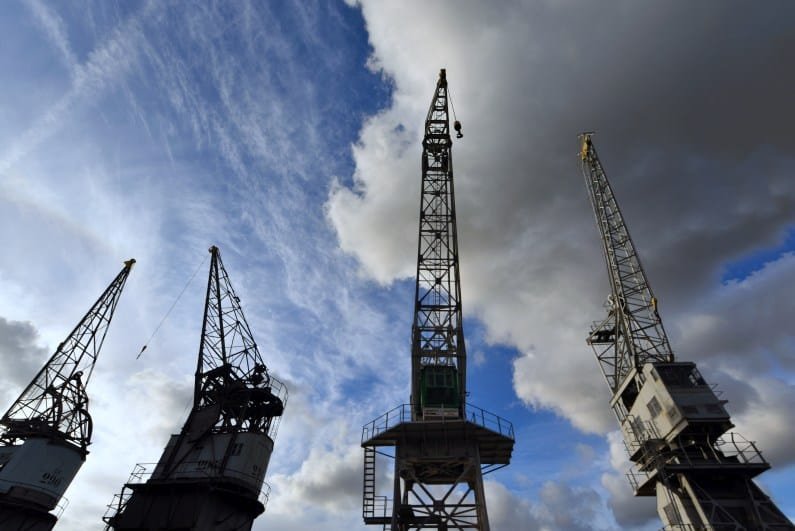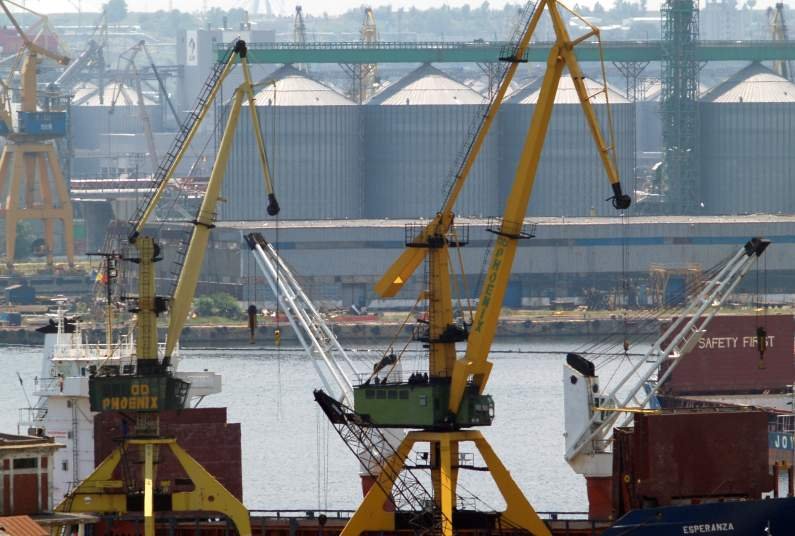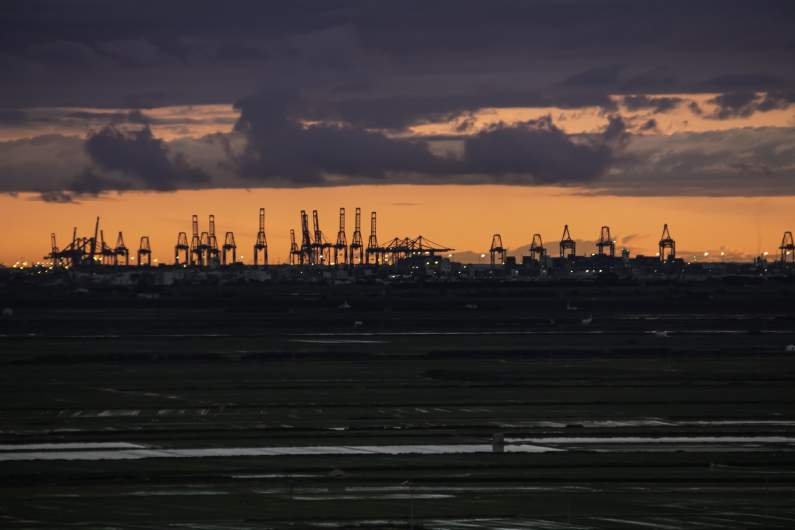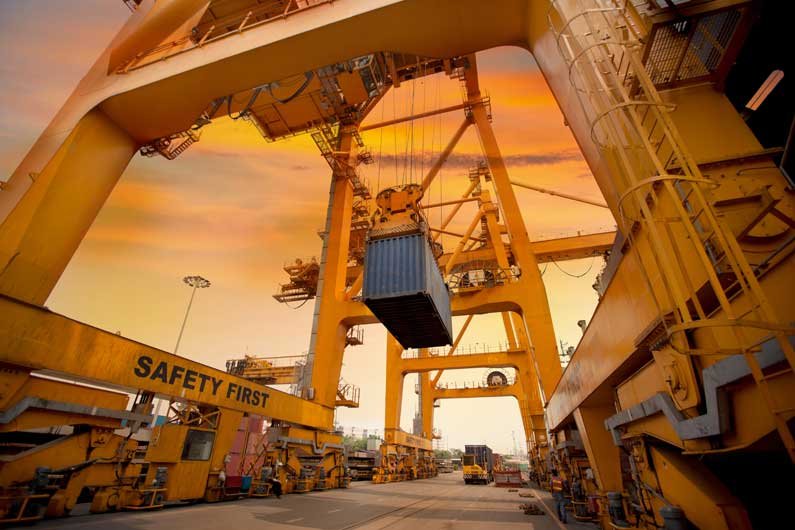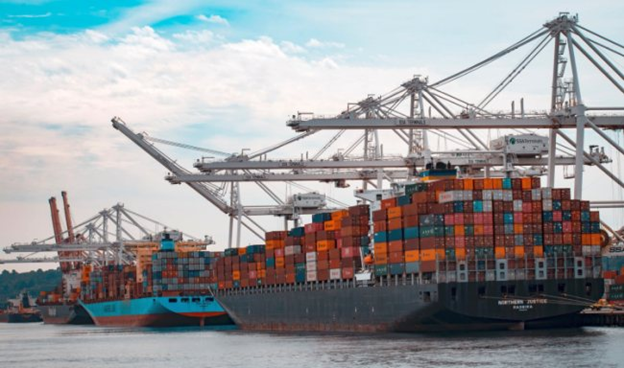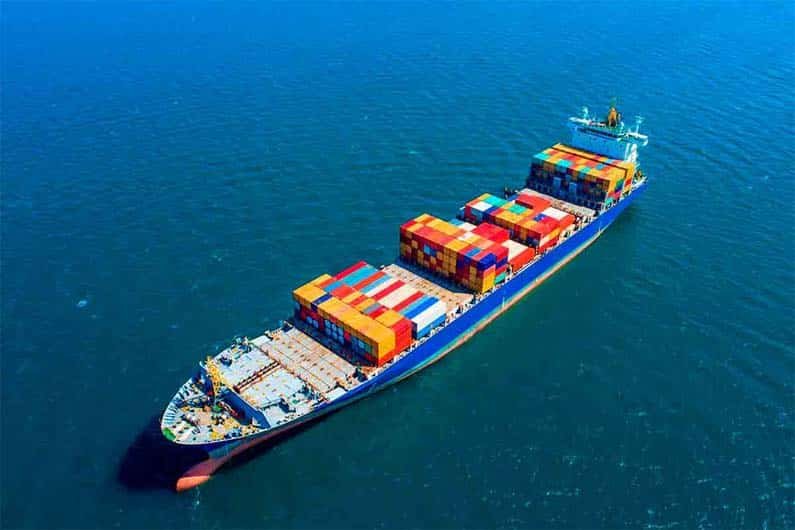Efficient engineering logistics are essential for successful projects.
Leading freight forwarders like Texas International Freight support large-scale engineering operations through advanced logistics technologies that improve efficiency, transparency, and reliability in the transportation of materials and oversized equipment.
From real-time tracking to AI and IoT integration, logistics providers are transforming how supply chains are managed for industries such as construction, oil and gas, energy, and manufacturing.
Harnessing Real-Time Tracking for Efficiency
Texas International Freight uses GPS and RFID tracking to deliver live shipment visibility. Clients access an online portal to monitor cargo location in real time, which provides transparency and better project planning.
According to MarketsandMarkets, the global real-time location systems market will grow from $3.19 billion in 2020 to $8.79 billion by 2025. This demonstrates the increasing reliance on live tracking for logistics performance.
Real-time data also helps identify bottlenecks and inefficiencies in the supply chain.
Logistics teams can make immediate adjustments to reduce delays, protect project timelines, and prevent costly overruns.
AI-Driven Logistics for Smarter Decisions
Artificial Intelligence analyzes vast amounts of logistics data to forecast demand, optimize routes, and improve inventory management.
AI-powered route planning reduces transit times and fuel consumption, cutting costs and lowering emissions.
A McKinsey study found that AI could reduce transportation costs by as much as 15%.
For engineering projects, AI anticipates risks and provides data-driven solutions that keep complex supply chains on schedule.
IoT Integration for Better Connectivity
IoT-enabled sensors monitor temperature, vibration, and humidity during transit. Sensitive cargo such as turbines, oilfield equipment, or bridge components can be tracked continuously to maintain integrity.
If conditions deviate, alerts trigger immediate corrective actions, reducing the risk of damage and ensuring compliance with strict handling standards.
Navigating International Shipping
Texas International Freight manages global shipping for heavy equipment and project cargo through major international ports. Our teams coordinate customs clearance, breakbulk handling, and last-mile delivery.
Key hubs include:
Port of Shanghai, China
The busiest container port in the world, critical for China–U.S. trade.
Port of Singapore
A major transshipment hub connecting shipping routes in Asia.
Port of Rotterdam, Netherlands
The largest port in Europe, vital for EU trade flows.
Port of Los Angeles, USA
The primary U.S. port for Pacific trade, handling significant volumes of engineering cargo.
Port of Dubai, UAE
A hub in the Middle East, linking Europe, Africa, and Asia.
Supporting Global Engineering Projects
Texas International Freight supports engineering projects worldwide, ensuring heavy machinery, turbines, and oversized equipment arrive on time.
Construction of new bridges, for example, often requires transporting bridge components such as steel beams and precast panels to remote sites.
Delays can escalate costs, making reliable freight forwarding indispensable.
Our services also support oil and gas projects that demand complex logistics for oversized drilling rigs and refinery equipment.
With expertise in oversized freight shipping and heavy machinery logistics, we provide tailored solutions to meet industry requirements.
Your Engineering Logistics Partner
Texas International Freight leads in engineering logistics by integrating real-time tracking, AI, and IoT technologies.
Our experience across construction, energy, oil and gas, and manufacturing projects ensures reliable delivery of equipment, from turbines and oil rigs to bridge components and industrial machinery.
With a strong focus on efficiency, transparency, and compliance, we provide end-to-end logistics solutions that reduce risk, protect project schedules, and drive long-term success.
For more details about Texas International Freight and our engineering logistics services, contact our team today.
FAQs
What is engineering logistics in practice?
Planning, moving, and delivering materials and oversized equipment for projects in construction, mining, oil and gas, and energy. It covers carrier selection, permits, packing, customs, and last-mile delivery for items like turbines, oil rigs, bridge components, and factory machinery.
Which cargoes count as oversized or breakbulk?
Loads that do not fit standard containers, such as excavators, cranes, transformers, bridge components, generators, agricultural equipment, and refinery modules. These usually ship as breakbulk, on flat racks, or via RoRo and heavy-haul trucking.
How do you protect high-value machinery in transit?
Use export packing and crating, moisture barriers, shock indicators, and certified blocking and bracing. Add cargo insurance aligned to cargo value and route risk for heavy equipment, oilfield tools, and precision instruments.
What transport modes work best for project cargo?
Heavy-haul trucking for plant-to-port moves, ocean freight for long legs, and air cargo for urgent spares and smaller high-value parts. Route selection depends on weight, dimensions, deadlines, permits, and port capabilities.
How do tracking, AI, and IoT improve delivery?
Real-time GPS and RFID show location and ETA for turbines, cranes, and bridge components. AI reduces transit time with smarter routing, while IoT sensors flag shocks, tilt, humidity, and temperature so teams can act before damage or delays escalate.
What documents and permits are usually required?
Commercial invoice, packing list, HS codes, certificates of origin, export filings, and oversized permits or escorts for heavy-haul moves. Port handling plans and lifting plans support heavy machinery logistics and oversized freight shipping.


